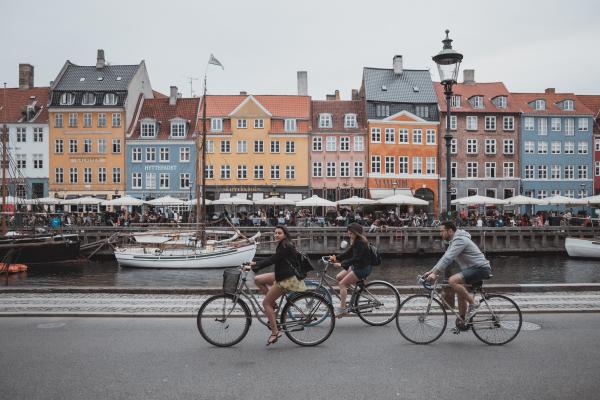In spite of its expected 20% population growth in the next decade, the city of Copenhagen is aiming to be the first carbon neutral capital by 2025. While other cities in the world are also trying to move forward in creating a more sustainable future, most have longer-term emission reduction targets and are failing to keep them on track.
However, this is not the case in Copenhagen. So, how are they doing it?
After the UN Climate Change Conference in 2009, which took place in Copenhagen, the city set a goal of 20% carbon emissions reduction by 2015 in their Copenhagen Climate Plan. This action plan included 50 climate initiatives requiring a large upfront investment. Their goal was reached soon after in 2011, and in 2012, the city council adopted an ambitious new Climate Plan (CPH 2025 Climate Plan) which aims for carbon neutrality by 2025.

The new climate plan was based on four pillars:
• Energy Consumption
• Energy Production
• Mobility
• City Administration Initiatives
They identified reduction on energy consumption as the cheapest way to cut emissions (from an economic perspective). Whereas the production of electricity and heat is their largest source of CO2 emissions. With only six years left, the city has been investing in replacing their coal, oil and natural gas energy sources with renewable energy mainly from new windmills, biomass heat and power plants, as well as solar panels. Since 2005, their carbon emissions have been reduced by 42%. The city’s holistic approach and the short-term phased implementation (2013-2016, 2017-2020 and 2021-2025) included evaluations in between phases which are considered their key success factors. Collaboration with both the State and the private sector, and specifically partnerships with private building owners and businesses, were also mentioned as a key reason for reaching their energy saving goals.
- Log in to post comments

CRC Comments